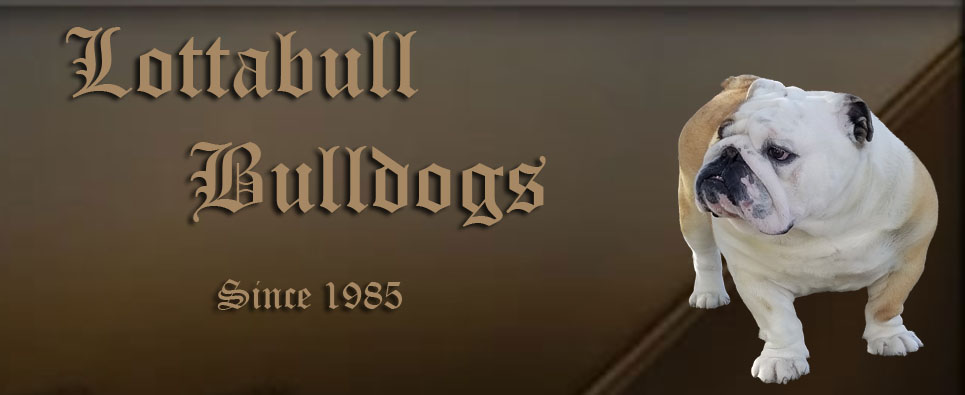Cherry Eye
Cherry eye is the common term for the gland in the third eyelid that prolapses. What causes it ? No one really knows, but it is thought to be a weakness in the eyelid tissue that holds the gland in place. Certain breeds of dogs have a higher incidence than others, and English Bulldogs are one of them. Cherry eye is not painful but it is unsightly. If a puppy is going to develop a cherry eye, they will usually get one before they are 6 months old. After they are 6 months old the chances of them getting a cherry eye are very slim.
Treatment is one of two options: replacing the gland or removing it. There are risks to each of the two options, if your veterinarian puts the gland back where it normally goes and sutures it in place, there is a risk of the gland popping out again. I have found that if the cherry eye is small and has not been there for a long time the chances of suturing the gland back and having it stay are very good.
If your veterinarian removes the gland there is a chance of the dog having dry eye in their senior years. If the cherry eye is big or has been popped out for a long time it is best to remove it, if your veterinarian replaces the gland the chances are good that it will come back. My personal preference is to have the gland removed, and have the dog under anesthetic one time. I know the risks of removing the cherry eye, but I have had dogs that never had a cherry eye develop dry eye in their senior years.
Talk with your veterinarian about the advantages and disadvantages of replacing or removing the gland and be well informed before deciding on which one is better for you and your dog.




